Caitlyn Jenner’s Trailblazing Journey: A Look at Her Rise as One of the Foremost Athletes of the 1970s
Securing a gold medal and establishing a new world record at the 1976 Olympics in Montreal marked the pinnacle of Caitlyn Jenner’s athletic career. Subsequently, she transitioned into the realm of entertainment. Fast forward to today, Caitlyn’s courage in publicly embracing her transgender identity and undergoing hormone treatments has elevated her to the status of a role model.
Despite her transformative journey, Caitlyn acknowledges the lingering presence of the “old Bruce” within her. This encapsulates the essence of Caitlyn Jenner’s remarkable story.
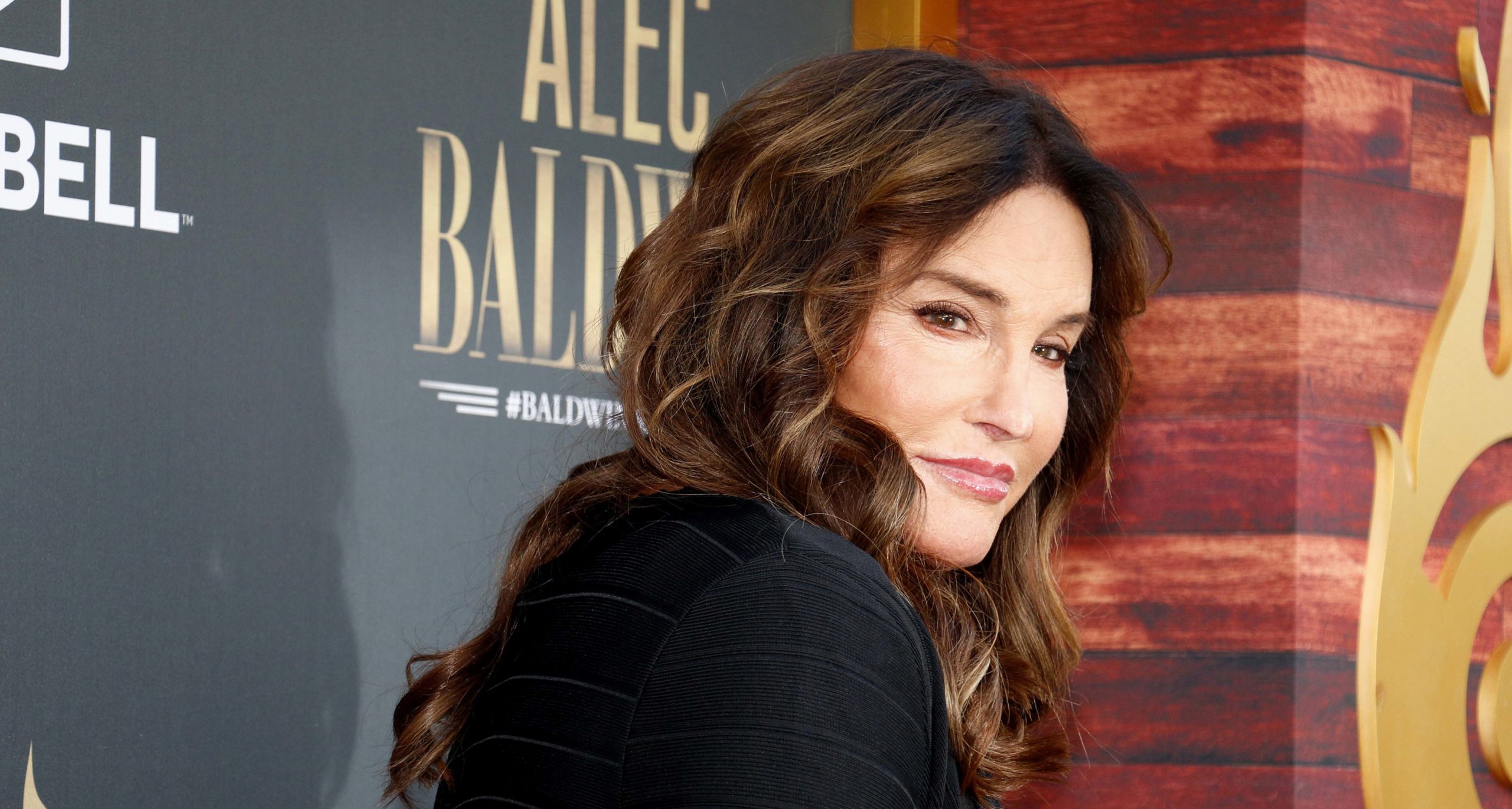
Caitlyn Jenner’s journey from a standout athlete in the 1970s to a pioneering figure in the realms of sports, entertainment, and identity is a captivating narrative. Born as William Bruce Jenner on October 28, 1949, in Mount Kisco, New York, Caitlyn faced the challenges of dyslexia during her youth. However, sports emerged as a lifeline, providing solace and an avenue for showcasing her immense talent.
Throughout her formative years, Caitlyn excelled in various sports, including football, basketball, water skiing, and track and field. Despite earning a football scholarship to Graceland College in Iowa, a knee injury redirected her focus to track and field, where her exceptional abilities flourished.
Even amid her athletic triumphs, Caitlyn grappled with gender identity, expressing a yearning for the comfort she perceived in others comfortable in their own skin. This internal struggle, present since her youth, foreshadowed the transformative path that lay ahead.
Caitlyn’s track coach at Graceland College, L.D. Weldon, recognized her potential for the Olympic decathlon—a grueling competition comprising ten track and field events. Under Weldon’s guidance, Caitlyn embarked on the journey that would culminate in a gold medal and a new world record at the 1976 Olympics in Montreal, solidifying her status as a prominent athlete of the era.
Post-Olympics, Caitlyn transitioned into the entertainment industry, leveraging her fame for various roles. However, her most courageous step came later, as she publicly embraced her transgender identity and underwent gender transition, becoming a beacon of strength for others facing similar struggles.
While Caitlyn stands as a role model today, her internal journey continues, with the persistent acknowledgment that the “old Bruce” still resides within her. In essence, Caitlyn Jenner’s multifaceted story encompasses triumphs in sports, challenges in identity, and a resilient spirit that resonates far beyond the athletic arena.
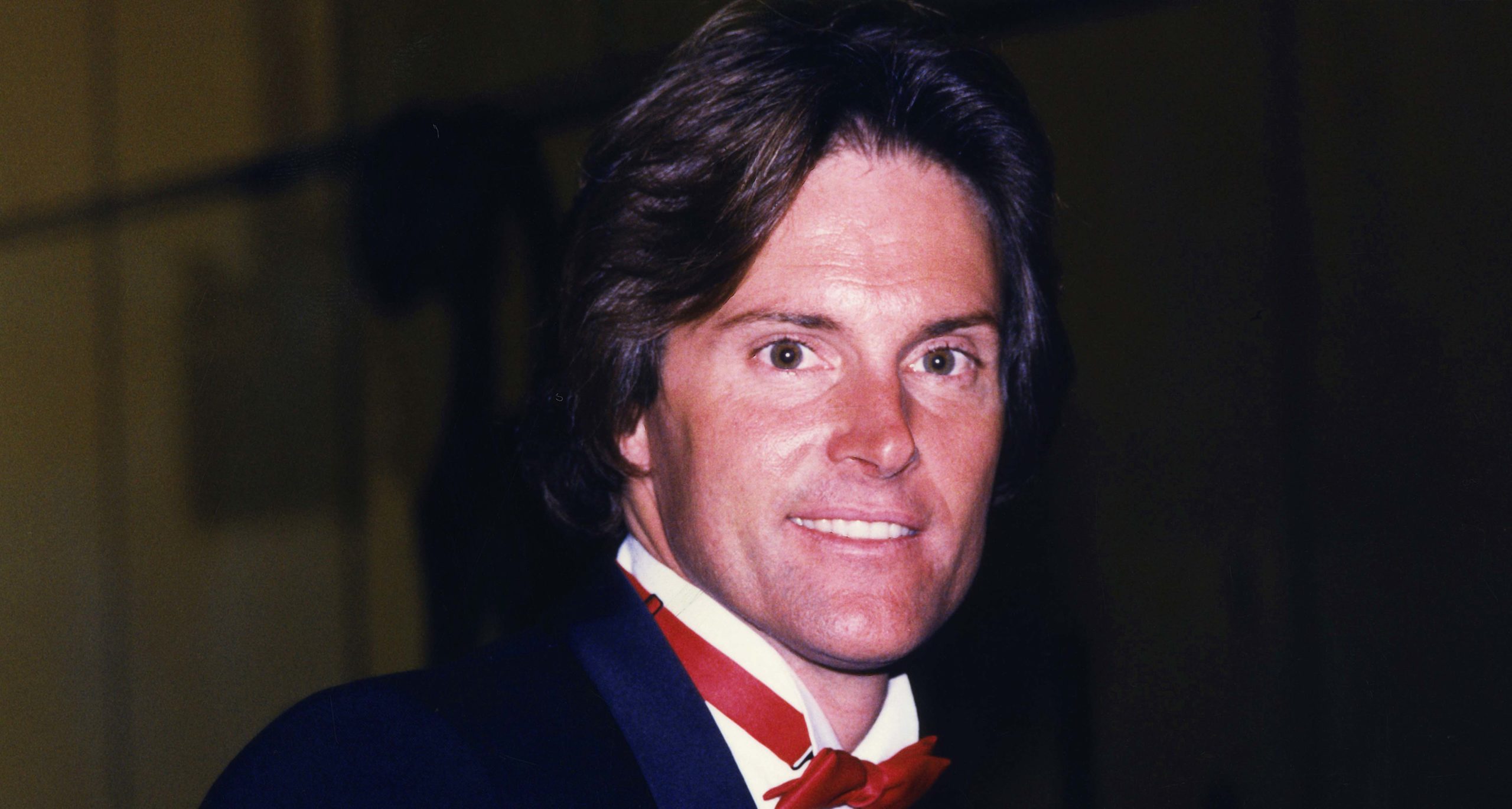
In 1971, Caitlyn Jenner emerged as an unexpected force, claiming victory at the Kansas Relays. Just a year later, she secured a spot on the US Olympic team and went on to finish 10th in the Olympic decathlon in Munich.
Recognizing the potential for even greater accomplishments, Jenner embarked on an intense and dedicated training regimen, devoting eight hours a day, every day, for the subsequent four years. The culmination of this relentless effort was showcased at the 1976 Olympic Games in Montreal, Canada.
On July 30, 1976, at the age of 26, Caitlyn Jenner not only clinched the Olympic decathlon gold but also established a new world record with an impressive 8,618 points. Her triumph was particularly significant for the United States, which was navigating a challenging period marked by the aftermath of Vietnam, the Watergate scandal, and various other societal issues.
Jenner, with an iconic mane of flowing hair, became more than just an Olympic superstar—she transformed into a symbol of resilience and strength during a tumultuous era. In the eyes of the public, Jenner evolved into a larger-than-life American superhero, embodying both masculinity and femininity with striking duality.
While celebrated as the world’s most outstanding athlete, Jenner privately grappled with a profound internal struggle. Despite embodying a symbol of masculinity, she felt a profound sense of femininity when standing on the Olympic podium to receive the gold medal. This intricate blend of public acclaim and personal identity adds layers to the narrative of Caitlyn Jenner’s remarkable journey as an Olympic superstar.
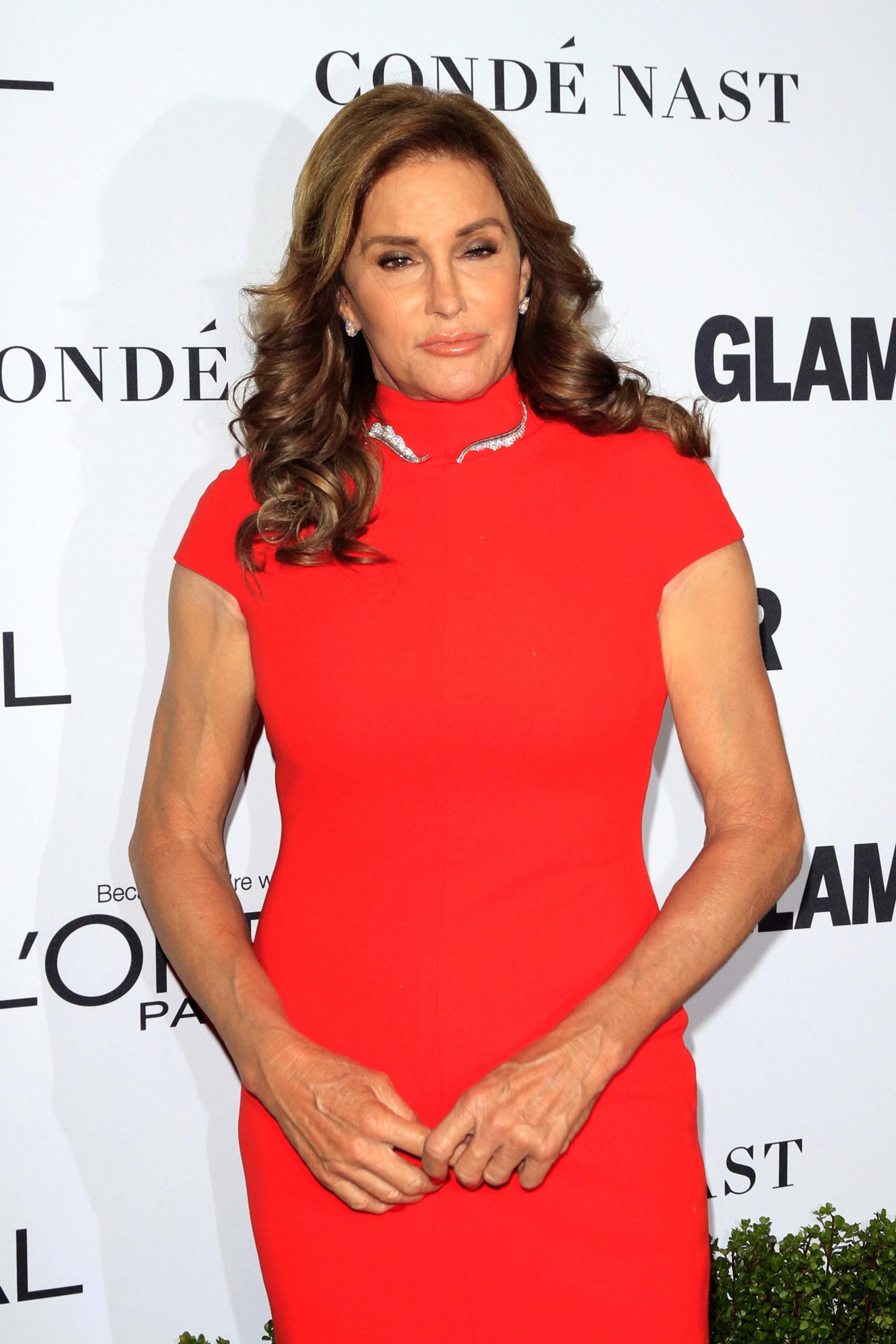
Caitlyn Jenner candidly shared her internal struggles and the complex emotions she experienced during a pivotal time in her life. In retrospect, she acknowledged feeling like a confused person running away from her existence, gripped by significant fear and uncertainty about her future.
In a conversation with ABC, Jenner expressed a dual identity, recognizing the person she was at that time and the gender identity she now embraces. She emphasized the point that being a woman doesn’t diminish one’s capacity to excel and “kick butt.”
The massive victory at the 1976 Olympics not only catapulted Jenner to the status of an American hero but also ushered in fame that became inescapable upon her return to the United States. Endorsement deals and widespread recognition turned her into a national brand, featuring prominently in ads, television shows, and even movies.
Yet, behind the public persona of Bruce Jenner, a different reality unfolded. In 1977, Jenner was drafted in the seventh round by the Kansas City Kings in the National Basketball Association (NBA). Despite standing on stage amidst cheers and applause, the external success failed to fill the internal void.
Jenner candidly recounted the inner conflict, expressing frustration at not being able to share her complete story beyond the confines of the stadium. Despite the external recognition and applause, she felt like a “liar” and grappled with a profound emptiness inside, yearning to convey the complexity and depth of her identity beyond the limited narrative of those 48 hours of Olympic triumph. This poignant reflection adds depth to the intricate journey of Caitlyn Jenner, showcasing the complexities that existed beneath the surface of her public persona.

Seven years before achieving Olympic success in 1971, Caitlyn Jenner married her college sweetheart, Chrystie Scott. The couple navigated their early years with Caitlyn working as an insurance salesman at night while Chrystie pursued a career as a flight attendant. Together, they shared a common aspiration of realizing Caitlyn’s Olympic dream.
Their first child, Burt, arrived in 1978, followed by the birth of their daughter, Cassandra, two years later. However, the strain on their marriage became apparent during Chrystie’s pregnancy with Cassandra, leading to their eventual separation.
In an interview with ABC, Jenner acknowledged that Chrystie was likely the first person to become aware of her struggles with gender identity. Caitlyn opened up about her issues, describing elements of cross-dressing, but downplayed the depth of the internal conflict, expressing optimism that they could work through the challenges.
Despite her ongoing gender identity struggles, Caitlyn kept them largely concealed. In 1981, she entered into a second marriage with Linda Thompson, and together they had sons Brody and Brandon Jenner. The marriage, however, ended in divorce five years later, with Caitlyn later revealing that her gender identity struggles contributed to the separation. Despite the dissolution of their marriage, Thompson made it clear that she would always support Caitlyn.
In a statement, Thompson expressed hope that Caitlyn’s transition would inspire others grappling with their identities and advocated for kindness and understanding toward those perceived as “different.” This chapter in Caitlyn Jenner’s personal life adds another layer to her journey, highlighting the complexities of balancing identity, relationships, and the pursuit of personal fulfillment.
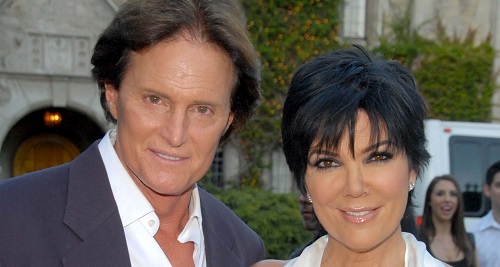
After parting ways with Linda, Caitlyn Jenner grappled with depression and sought professional help in the late 1980s. During this period, she began taking estrogen, underwent a nose job, and opted for electrolysis to eliminate facial hair. As part of her transition, she also started developing breasts, with the initial plan to complete the process before her 40th birthday. However, Jenner made the decision to halt the transition at the age of 39.
Amidst her personal struggle with identity, the understanding and respect for transgender individuals, and those undergoing transition, were not as widespread as they are today. Being a celebrity added another layer of complexity to Caitlyn’s experience during a time when societal acceptance was limited.
In an act of bravery, Caitlyn opened up to her older sister, Pam, about the gender crisis she was undergoing—an important step as it marked the first time a family member heard her story. However, many of her family members found it challenging to comprehend her journey.
In 1991, Caitlyn married Kris Jenner, a union that lasted until 2015. The couple had two famous children, Kylie and Kendall Jenner. The family gained widespread popularity through the reality show “Keeping Up With The Kardashians,” which they signed for in 2007. Despite the external success and visibility, Caitlyn continued to grapple with feelings of being a “fraud” while living as a man.
This part of Caitlyn Jenner’s narrative sheds light on the personal struggles she faced during a time when societal understanding of gender identity issues was less advanced, showcasing her courage in navigating a complex journey amidst public scrutiny.
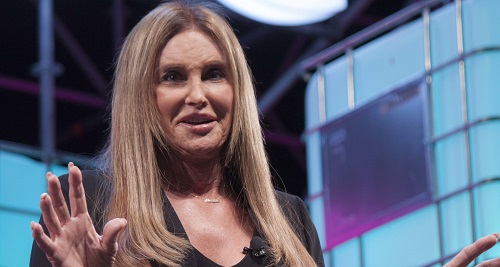
In 2013, Caitlyn Jenner and Kris separated, and four months later, Caitlyn resumed her transition without informing her children, expressing concern about their potential reactions. The uncertainty and anxiety surrounding how her family would respond weighed heavily on her mind during that period.
The divorce between Kris and Caitlyn was finalized in 2014. It was at this point that Caitlyn decided to open up to all her children about her transition. Fortunately, she received massive support from each of them.
As of today, Caitlyn Jenner has fully embraced her new life, acknowledging the differences from her past. While Kendall and Kylie occasionally refer to her as “dad,” Caitlyn expressed no issues with it, recognizing the complexity and individuality of each person’s journey.
In a conversation with her daughter Kylie on her YouTube channel, Caitlyn reflected on her decision to be true to herself, even in the face of societal expectations and opinions. She emphasized the importance of everyone finding their own path that works for them, navigating the challenges that may arise in the process.
Despite more than five years passing since Caitlyn’s transition, she still believes that a part of “Bruce” lives inside her. She continues to enjoy activities that were once favored by Bruce, such as car racing and flying planes.
According to Celebrity Net Worth, Caitlyn Jenner’s net worth is estimated to be around $100 million. Her fearless approach to life and her role as a role model have left a lasting impact, inspiring others to embrace their authentic selves.



